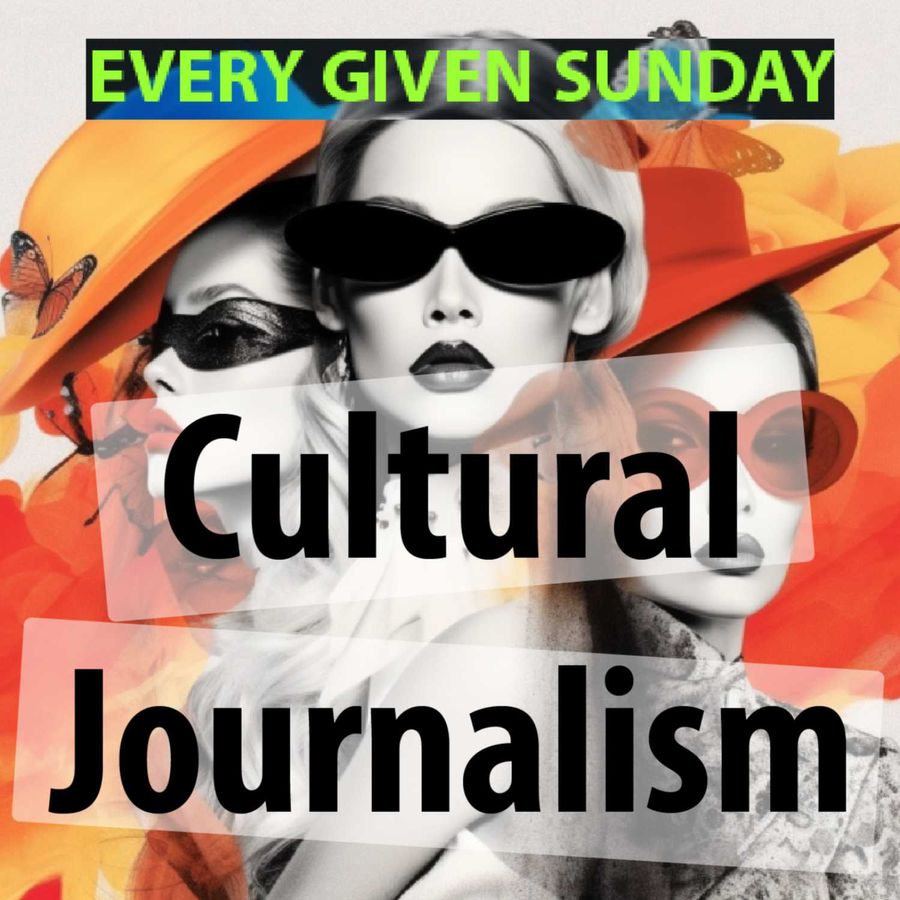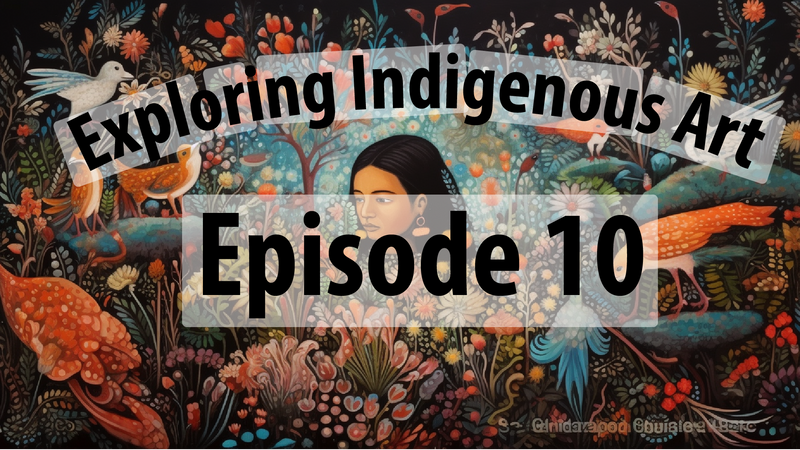Indigenous Art: Cultural Richness or Tokenistic Commodification?
In the realm of artistic expression, the genre of indigenous art often enjoys an elevated status, portrayed as a reservoir of cultural richness and authenticity. However, it is essential to approach this subject critically, dissecting the prevailing narratives surrounding indigenous art to uncover potential inconsistencies and question the motivations behind its reception. Furthermore, by challenging conventional wisdom and examining historical contexts, we can better understand the complex dynamics of indigenous art.
The Myth of Pristine Authenticity:
One common assumption surrounding indigenous art is that it represents a new, pure expression of ancestral traditions untainted by external influences. This notion of authenticity, however, is a romanticized construct that obscures the realities of historical and cultural interconnections. Like all others, Indigenous cultures have been shaped by exchanges, assimilations, and adaptations. Viewing indigenous art as an immutable artifact is a disservice to the dynamism and evolution inherent in any artistic tradition.
Furthermore, the concept of "pristine authenticity" can lead to the tokenistic commodification of indigenous art. The market often seeks to fulfill a demand for the exotic, perpetuating stereotypes and reducing indigenous cultures to mere curiosities for the consumption of a non-indigenous audience. This reductive commodification risks overshadowing the depth and complexity of indigenous artistic practices.
The Colonial Gaze:
To truly comprehend the complexities of indigenous art, one must acknowledge the profound impact of colonialism. European colonial powers, driven by cultural superiority, imposed their aesthetic standards on indigenous peoples, often dismissing or appropriating their artistic expressions. This cultural subjugation and erasure have had long-lasting consequences for the representation and reception of indigenous art.

In the wake of colonialism, indigenous artists have faced the dual challenge of preserving their cultural heritage while grappling with the demands and expectations of the Western art world. As a result, many have adopted hybrid styles that fuse traditional and contemporary elements, challenging the notion that indigenous art should be limited to specific indigenous iconography. By breaking free from prescribed notions of authenticity, these artists assert their agency and argue that indigenous art can be dynamic and innovative.
Power of Cultural Capital:
While the appreciation of indigenous art can be seen as a positive development, examining the power dynamics in its reception is crucial. The Western art world's recognition of indigenous art can confer a specific cultural capital upon the artists and their communities. However, this recognition can be both a blessing and a curse. Indigenous artists are often forced to navigate a precarious path, facing pressure to conform to market expectations while preserving cultural integrity.
Moreover, the commodification of indigenous art raises questions of ownership and exploitation. The profits from selling indigenous artworks are rarely equally distributed among indigenous communities. Exploitative practices persist in many corners of the art world, such as the unauthorized reproduction of indigenous designs and the exploitation of indigenous artists' labour. This perpetuates an unequal power dynamic that inhibits genuine cultural exchange and perpetuates the marginalization of indigenous communities.
Conclusion:
Exploring indigenous art requires us to transcend simplistic narratives and challenge the conventional wisdom surrounding its authenticity and reception. By acknowledging the historical complexities of colonialism and the power dynamics at play, we can better understand the challenges indigenous artists and communities face. It is crucial to critically engage with indigenous art, moving beyond tokenistic representations and supporting indigenous artists on their terms. Doing so can foster a more equitable and authentic appreciation of indigenous art that acknowledges indigenous cultures' resilience, creativity, and diversity and their contributions to the broader artistic landscape.


